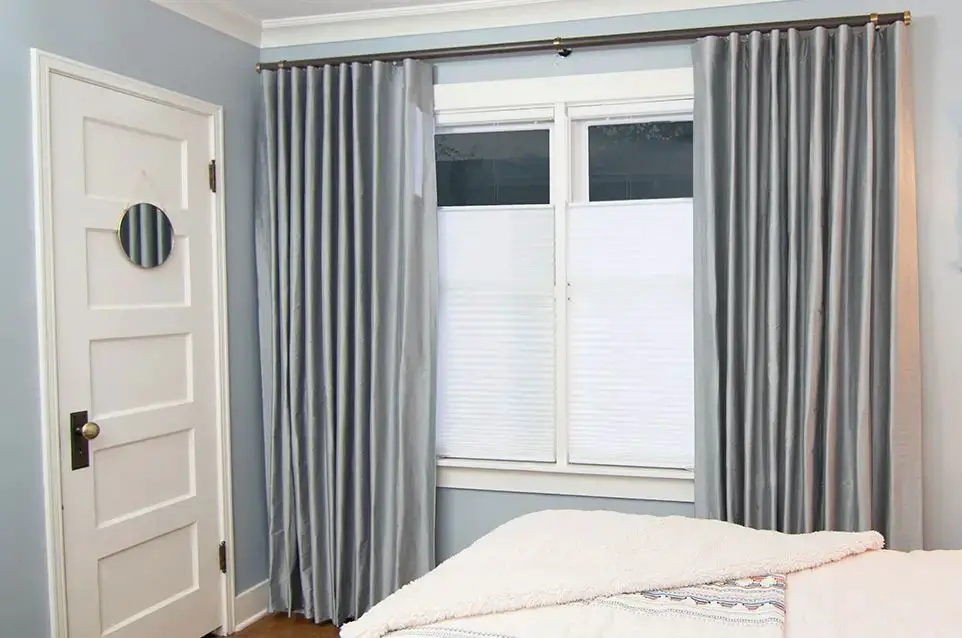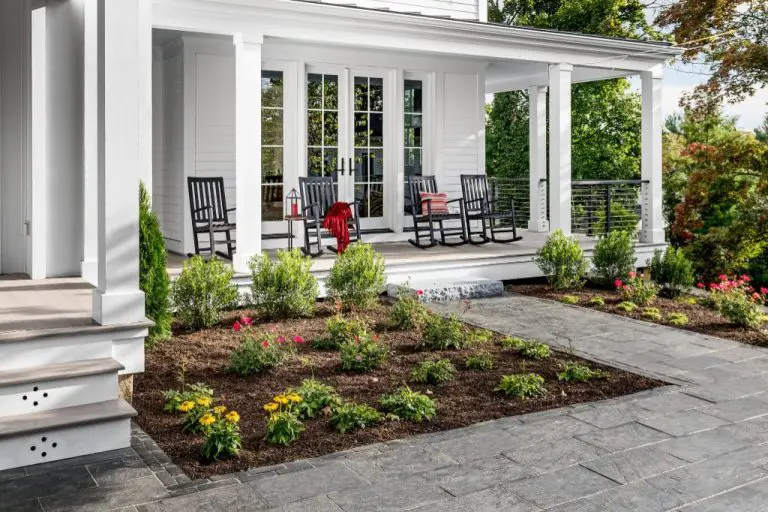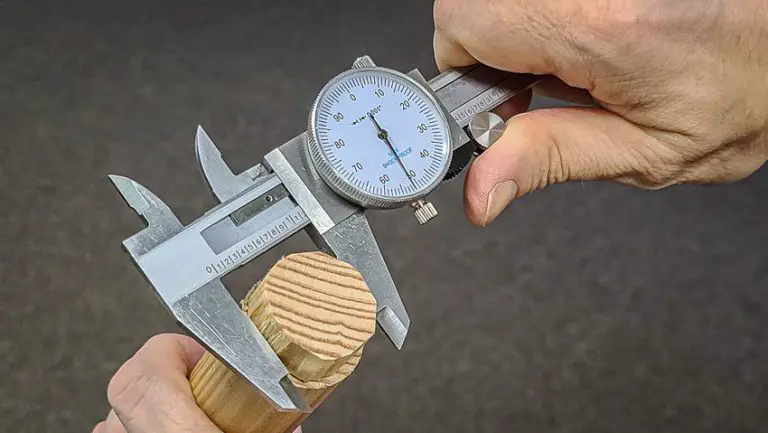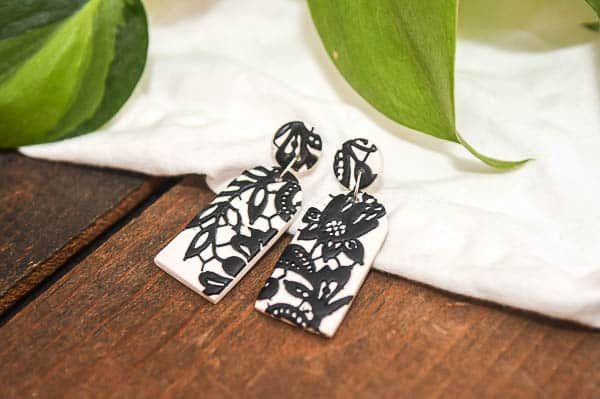What Is The Difference Between Blackout And Blackout Curtains?
Defining Blackout Curtains
Blackout curtains are curtains made of tightly woven fabric that block out most external light. According to Collins Dictionary, blackout curtains are defined as “thick curtains which prevent light from entering a room” [1]. The tightly woven fabric prevents light from filtering through the curtains, creating a dark environment inside the room. Direct Fabrics notes that blackout curtains “block out all light and are designed to insulate a room” [2]. The key purpose of blackout curtains is to create darkness during daytime hours.
Defining Blackout Shades/Blinds
Blackout shades or blinds are window coverings made from opaque materials that block out almost all external light when closed (Source). They are designed to darken a room, allowing for uninterrupted sleep or privacy. The opaque fabric or vinyl layers prevent light from filtering in through the edges or center of the shade/blind.
Blackout shades and blinds are constructed using thick, tightly woven fabrics or plastic/vinyl coatings on the exterior to block light. Common materials include polyester, vinyl, fiberglass, acrylic or even blackout laminate. The interior side is usually a lighter solid color or patterned fabric.
These window coverings completely block out sunlight and street lights at night. During the day, almost all external light is prevented from entering a room. Only a minimal amount of light may leak in around the edges. Blackout shades or blinds darken a room for sleeping, home theater use, or simply for privacy.
Purpose of Blackout Curtains
The primary purpose of blackout curtains is to block outside light from entering a room, allowing for uninterrupted sleep or darkness (SAG Custom Curtains). By preventing light from windows, blackout curtains create an environment for sleeping during the daytime or for those who work night shifts and need to sleep during daylight hours. The heavy, opaque fabric of blackout curtains is designed to stop light penetration more effectively than regular curtains. This allows users to completely darken a room.

Blackout curtains are often used in bedrooms, home theaters, and nurseries to limit light and allow for restful sleep or an immersive entertainment experience. The darkness provided by blackout curtains also helps set the body’s internal clock and regulate melatonin production. This can improve sleep quality and duration (Pepper Home). So the main purpose of these heavy duty curtains is to block outside light for better sleep and darkness.
Purpose of Blackout Shades
The purpose of blackout shades is fundamentally the same as blackout curtains – to block out light for better sleep. Both blackout shades and curtains aim to prevent light from entering a room, whether it be sunlight or artificial light. This allows the room to become completely dark, supporting healthy circadian rhythms and improved sleep quality. As research shows, darkness triggers the release of melatonin, the hormone that regulates sleep. Exposure to light can disrupt melatonin production and make it more difficult to fall and stay asleep (https://lpdstudio.ca/journal/sleep-quality-and-mental-health). By providing a dark environment, blackout shades support more restful and uninterrupted sleep.
Materials Used
Blackout curtains and shades are typically made from different materials that allow them to effectively block light. Blackout curtains often use thicker, opaque fabrics like polyester, velvet, sateen, brocade, or a wool blend. These fabrics are light-blocking while still being soft, attractive, and durable. Blackout shades and blinds tend to rely on a backing or coating made of vinyl, plastic, or a metallic film to prevent light from passing through the small gaps in the slats or holes in woven shades.
Appearance Differences
When it comes to aesthetics, blackout curtains and blackout shades/blinds have distinct differences in their look and feel:
Blackout curtains tend to have a softer, more traditional appearance. They are made from heavyweight fabrics like velvet, sateen, or layered polyester that drape beautifully. Blackout curtains come in a wide variety of colors, patterns, and textures to fit any decor. They can be elegant, romantic, or cozy depending on the fabric and style.
Blackout shades/blinds have a more sleek, modern look. They are constructed from hardier materials like vinyl, wood, or aluminum. Blackout roller shades feature a crisp, clean finish and minimalist style. Blackout blinds like shutters or honeycomb shades provide geometric visual interest. The color options for shades tend to be more limited than curtains.
In summary, blackout curtains provide a soft, lush look with endless design possibilities. Blackout shades create a streamlined, contemporary aesthetic. It comes down to personal style preference in choosing curtains or shades to block light.
Installation Differences
One key difference between blackout curtains and blackout shades or blinds is how they are installed in relation to the window. Blackout curtains are installed on a curtain rod, which means they hang down over the window opening from above.
Blackout shades or blinds, on the other hand, are installed flush with the window frame itself. Rather than hanging from above, blackout shades/blinds attach directly to the top, bottom, and sides of the window frame so that no light can sneak in from the edges. This provides a very snug, seamless light block when the shades are lowered.
According to Aquarius Interiors, the installation directly on the window frame means that blackout shades “Wrap around the edges of the window for a complete blackout effect.” This can make them more effective than curtains at fully blocking external light sources.
Light Blocking Effectiveness
Both blackout curtains and blackout shades are equally effective at blocking light from entering a room. They are designed with dense, opaque fabrics or materials that prevent light from passing through (Source). The key difference lies in how the light blocking is achieved.
Blackout curtains use multilayered, tightly woven fabrics that don’t allow light to penetrate. The thick and heavy material is lined with blackout lining on the back to create a light-impenetrable barrier.
Blackout shades also use specially designed fabrics or materials such as vinyl or fiberglass to completely block out light. For example, blackout roller shades often feature side channels and a weighted bottom bar to prevent light leakage around the edges.
Both options are equally capable of creating a pitch black environment during daytime for activities like sleeping or home theater use. Independent lab tests show that high quality blackout curtains and shades can block 99-100% of visible light.
Cost Differences
When comparing costs, blackout shades are typically more expensive per square foot than blackout curtains. This is because a blackout shade is a single piece of fabric that covers the entire window, while curtains require more yardage of fabric to create full coverage. According to this source, blinds generally range from $3-$8 per square foot, while basic curtains average $2-$5 per square foot.
However, the cost difference depends on the specific materials and brands selected. High end blackout shades with features like motorization can cost over $25 per square foot. On the other hand, budget friendly options like vinyl or polyester blackout curtains can cost under $2 per square foot. Overall, shades require less fabric but tend to use more technologically advanced materials that block light, driving up costs compared to basic curtain fabrics.
Best Uses for Each
When deciding between blackout curtains versus shades, it’s important to consider the size and location of your window. Here are some general guidelines on when each option works best:
Blackout curtains are ideal for large windows, especially if the window takes up most of the wall space. The ample fabric can cover the entire area, blocking light from all sides. Curtains have a luxurious, elegant look that complements large windows beautifully. They can make a dramatic statement in a bedroom, living room, or home theater.[1]
Blackout shades or blinds work well for small windows, side windows, and windows in tight spaces. Shades are more compact and fit neatly into smaller areas. If there’s minimal space on the sides of a window, shades will be easier to install and operate. Shades are also convenient for windows near doors or opening inways, where curtains could get in the way.[2]
Consider your room size, window dimensions, and aesthetic goals when deciding between curtains versus shades. Both can effectively block light, but offer different looks and functionality.
[1] https://nadinestay.com/when-to-use-curtains-vs-shades/
[2] https://no.pinterest.com/pin/309622543147510147/




